Table of Contents
Introduction to Ghost Chili Powder
Ghost chili powder, derived from the Bhut Jolokia pepper (Capsicum chinense), is one of the world's hottest chili powders with a Scoville rating typically between 855,000 and 1,041,427 units. This extreme heat makes it a powerful ingredient for experienced spice enthusiasts, but it requires careful handling and usage. This guide provides expert advice on safely using ghost chili powder, understanding its heat level compared to other spices, and incorporating it into your cooking with proper precautions.
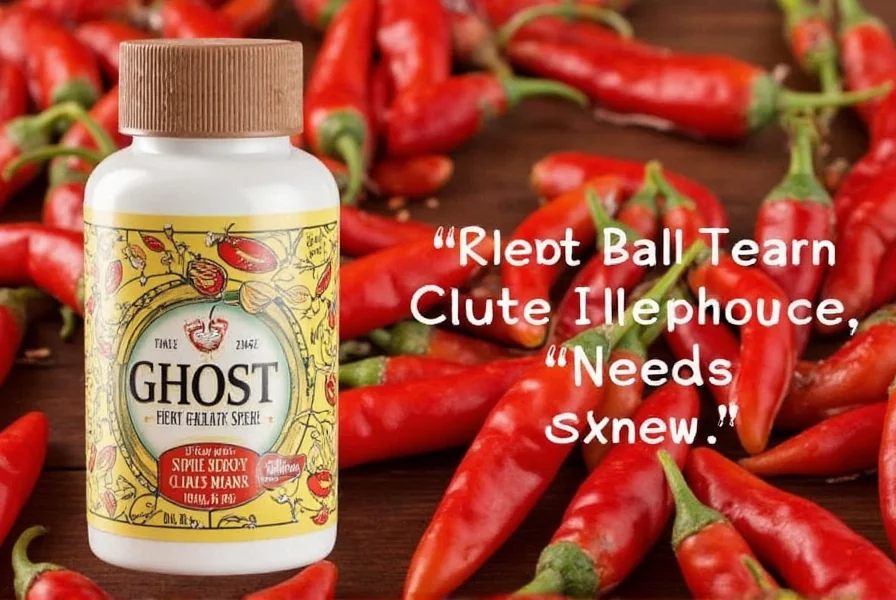
What Is Ghost Chili Powder?
Ghost chili powder is made from dried and ground Bhut Jolokia peppers, originally cultivated in northeastern India. Unlike common chili powders, ghost chili offers a complex flavor profile with smoky, sweet undertones beneath its intense heat. The Scoville scale measures pepper heat, with ghost chili ranking among the world's hottest peppers—approximately 100-200 times hotter than habaneros and 1,000 times hotter than jalapeños.
According to the USDA Food Safety and Inspection Service, peppers with Scoville ratings above 100,000 require special handling precautions due to their extreme capsaicin content. Ghost chili powder retains the pepper's distinctive flavor characteristics when properly processed, making it valuable for specific culinary applications where extreme heat is desired.
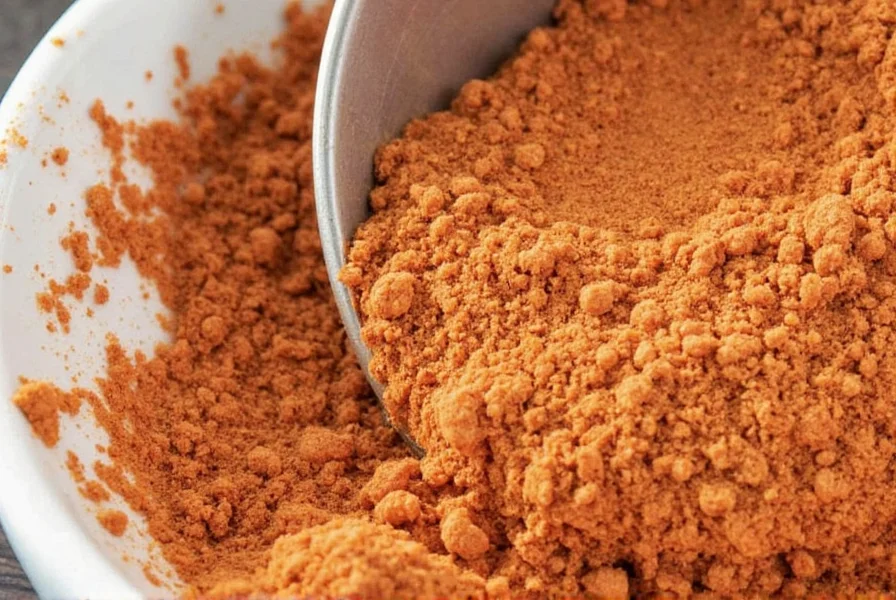
Understanding Heat Levels
Heat levels in chili peppers are measured on the Scoville scale, which quantifies capsaicin concentration. Ghost chili powder's heat range (855,000-1,041,427 SHU) places it significantly above most common peppers:
- Jalapeño: 2,500-8,000 SHU
- Habanero: 100,000-350,000 SHU
- Ghost chili: 855,000-1,041,427 SHU
- Carolina Reaper: 1,400,000-2,200,000 SHU
Professional chefs note that ghost chili's heat builds gradually rather than hitting immediately, making it particularly challenging for inexperienced users. The heat profile differs significantly from cayenne or habanero powders, which deliver more immediate, sharp heat.
Professional Usage Guidelines
When using ghost chili powder, follow these expert-recommended practices:
- Start with micro-measurements: Use a digital scale for precision. Begin with 1/16 teaspoon per serving and increase gradually.
- Pair with balancing ingredients: Capsaicin is fat-soluble, so dairy products (yogurt, sour cream, coconut milk) are most effective for neutralizing heat. Acidic ingredients like lime juice can also help moderate intensity.
- Timing matters: For maximum heat impact, add during the final 5 minutes of cooking. For integrated flavor without overwhelming heat, add during the initial sauté stage.
- Recipe compatibility: Best suited for robust dishes like Indian curries, Mexican mole sauces, or smoked barbecue rubs. Avoid using in delicate dishes like seafood or desserts unless specifically designed for extreme heat applications.
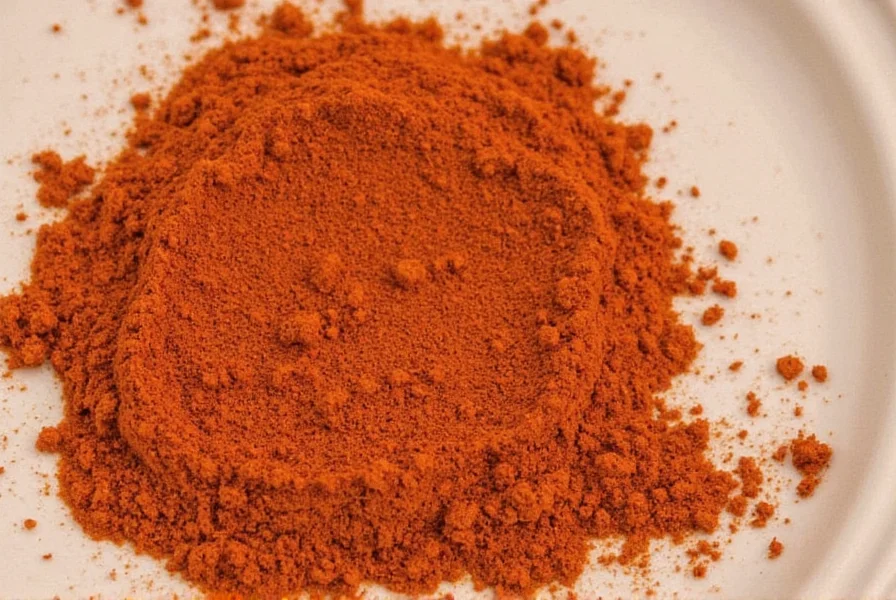
Buying Guide: Quality Considerations
When selecting ghost chili powder, consider these professional criteria:
- Origin verification: Reputable suppliers provide specific regional origin information (e.g., Assam, India or Nagaland, India).
- Scoville certification: Look for products with independently verified Scoville ratings rather than vague "extremely hot" claims.
- Purity standards: High-quality powder should contain 95%+ pure ghost chili with no fillers or additives. Check for third-party testing certificates.
- Grind consistency: Professional-grade powder should have a fine, uniform texture (80-100 mesh) without grit or clumps.
Reputable brands include Spice Jungle (certified organic, lab-tested), Penzeys Spices (verified Scoville ratings), and The Spice House (single-origin sourcing).
Critical Safety Information
Ghost chili powder requires strict safety precautions due to its extreme capsaicin content:
- Handling precautions: Always wear nitrile gloves when handling. Avoid touching your face, especially eyes. Work in a well-ventilated area to prevent respiratory irritation.
- First aid measures: If contact occurs with skin, wash immediately with soap and water. For eye exposure, flush with cool water for 15+ minutes and seek medical attention. Milk or yogurt can help neutralize skin irritation.
- Health considerations: The American Heart Association notes that while capsaicin may have health benefits, extreme heat peppers like ghost chili can trigger gastrointestinal distress or cardiovascular stress in susceptible individuals. Consult your physician before using if you have heart conditions, GERD, or other medical concerns.
- Storage guidelines: Store in an airtight, opaque container away from heat and light. Properly stored, it maintains potency for 12-18 months. Discard if color fades or aroma diminishes.
| Spice | Heat Level (Scoville) | Flavor Profile | Best Uses |
|---|---|---|---|
| Ghost Chili Powder | 855,000-1,041,427 | Smoky, sweet, complex heat | Curries, smoked rubs, specialty sauces |
| Habanero Powder | 100,000-350,000 | Fruity, floral, immediate heat | Salsas, marinades, Caribbean dishes |
| Jalapeño Powder | 2,500-8,000 | Grassy, mild vegetal notes | Snacks, dips, light seasoning |
| Cayenne Pepper | 30,000-50,000 | Sharp, direct heat | Hot sauces, rubs, baked goods |
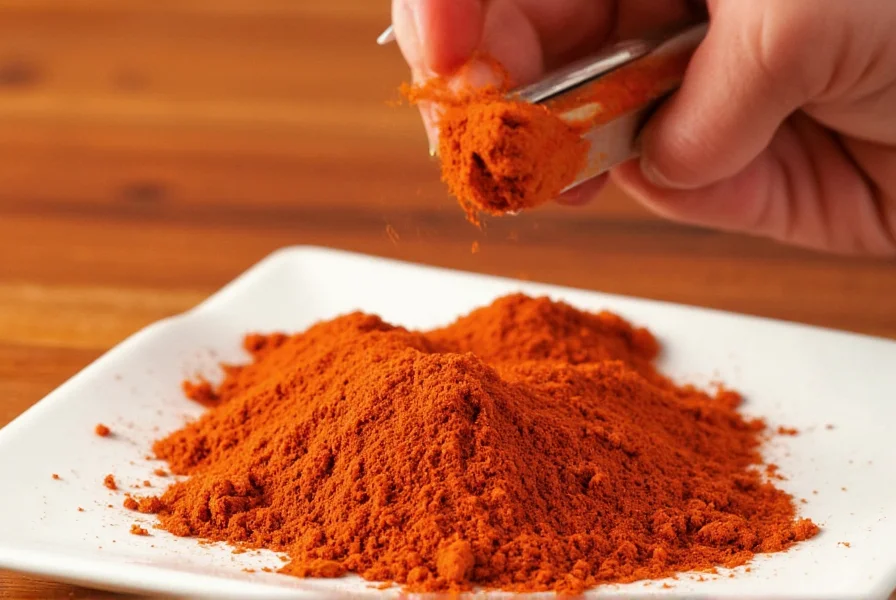
Frequently Asked Questions
How does ghost chili powder compare to other hot peppers in terms of heat?
Ghost chili powder is approximately 100-200 times hotter than habaneros and 1,000 times hotter than jalapeños. Its Scoville rating (855,000-1,041,427) places it among the world's hottest peppers, though it's surpassed by the Carolina Reaper (1,400,000-2,200,000 SHU). Unlike cayenne's immediate burn, ghost chili's heat builds gradually over several minutes.
What's the best way to store ghost chili powder to maintain freshness?
Store in an airtight, opaque container away from heat, moisture, and direct sunlight. Refrigeration is recommended for long-term storage (beyond 6 months). Properly stored, it maintains peak potency for 12-18 months. The heat and flavor will gradually diminish over time, with noticeable changes after 2 years.
What should I do if I accidentally use too much ghost chili powder in my dish?
Since capsaicin is fat-soluble, immediately add dairy products like full-fat yogurt, sour cream, or coconut milk to neutralize heat. Starchy ingredients like rice or potatoes can absorb some capsaicin. Avoid water, which spreads capsaicin. For severe cases, professional chefs recommend adding a small amount of sugar to balance the heat profile.
Can I substitute ghost chili powder for fresh ghost peppers in recipes?
Yes, but with precise adjustments. 1 teaspoon of ghost chili powder equals approximately 2-3 fresh ghost peppers (depending on size and ripeness). Powder is more concentrated, so start with 1/4 teaspoon per serving and increase gradually. Always wear gloves when handling both fresh and powdered forms.
Is it safe to handle ghost chili powder without protection?
No. Ghost chili powder contains extremely high capsaicin concentrations that can cause severe skin irritation, chemical burns, and respiratory distress. The FDA recommends always wearing nitrile gloves when handling, avoiding contact with eyes, and working in well-ventilated areas. Never handle with bare hands, even for experienced cooks.
Does ghost chili powder have any health benefits?
Some studies suggest capsaicin may offer health benefits including pain relief and anti-inflammatory properties, but these effects are typically associated with moderate consumption of milder peppers. Due to ghost chili's extreme heat, it should be used in very small quantities. The American Heart Association notes that excessive consumption may trigger gastrointestinal distress or cardiovascular stress in susceptible individuals. Consult your physician before using for health purposes.
Key Takeaways
Ghost chili powder is a powerful culinary ingredient requiring specialized knowledge and precautions. Its extreme heat (855,000-1,041,427 Scoville units) makes it suitable only for experienced spice enthusiasts who understand proper handling techniques. Always prioritize safety: wear gloves, avoid contact with eyes, and start with micro-measurements. When used correctly, ghost chili can add complex smoky depth to bold dishes like Indian curries and smoked barbecue rubs—but it should never be treated as a casual seasoning.
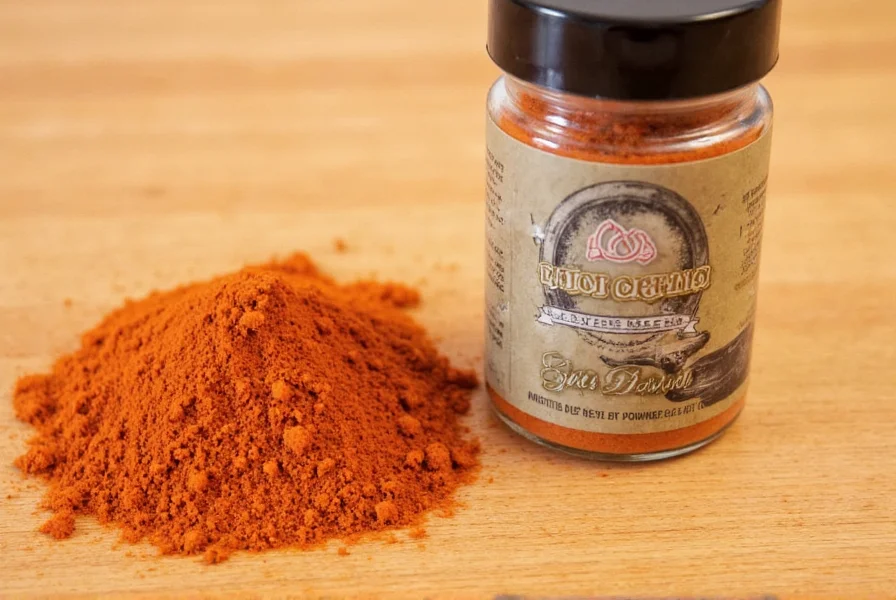











 浙公网安备
33010002000092号
浙公网安备
33010002000092号 浙B2-20120091-4
浙B2-20120091-4